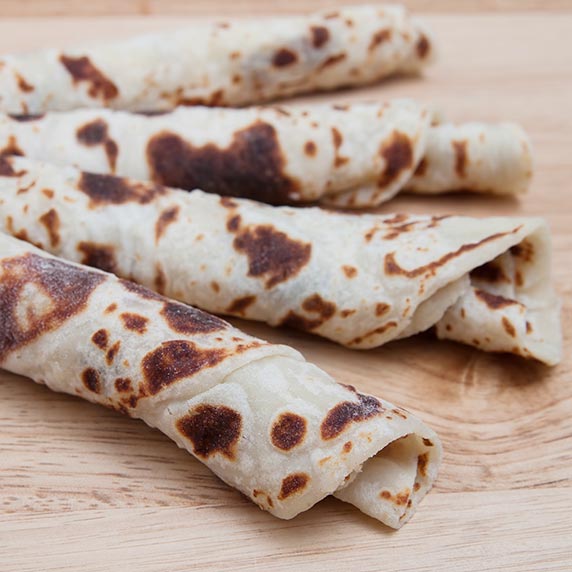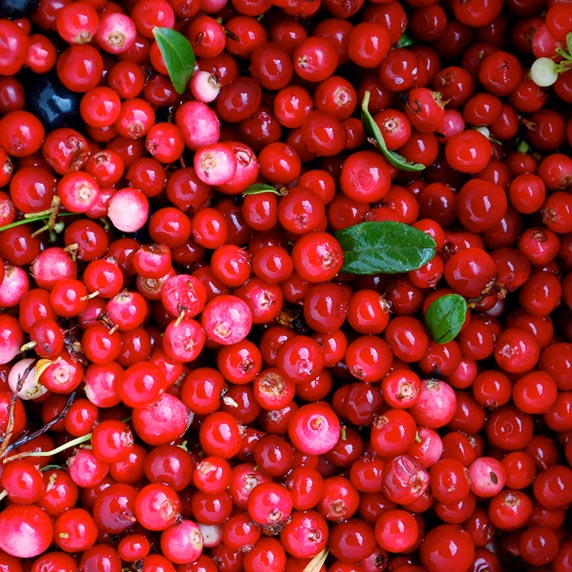Norway

This week, the annual National Day of Norway (Nasjonaldagen) commemorates the anniversary of the country’s adoption of its constitution in 1814; the locals refer to it simply as syttende mai (literally, May seventeenth — much like Americans have labeled our July fourth holiday, for a similar reason). The public observances attached to this occasion generally center on activities for children (parades, flags, marching bands), but syttende mai also provides a great excuse to take a closer look at the cuisine of a country that is ranked #1 in this year’s World Happiness Report, earning the highest marks in each category of “caring, freedom, generosity, honesty, health, income, and good governance.”
As with so many other regions, Norway’s culinary traditions are largely dictated by foods that are fresh and readily available in the immediate area. In the case of this Scandinavian country, between its long coastline, thousands of islands, and many fjords and lakes, a wide variety of cured or fresh seafood is plentiful and a big part of everyday eating. So if you like marinated or pickled herring, smoked salmon, codfish, and fjord trout, you will love dining in Norway.
Perhaps the most universally well-known seafood dish to come from Scandinavia is lutefisk (English translation: “lye fish”). This is composed of dried codfish alternately soaked in lye and cold water until it becomes gelatinous, after which it is coated in salt and steamed, baked, or parboiled. Caution: the composition of lutefisk will decimate sterling silver if it comes into contact with it; utensils of stainless steel are advised instead. Also, the plates should be thoroughly cleaned soon after eating, as lutefisk is extremely challenging to remove once dried. For many years, Albany Park’s Tre Kronor has included this delicacy as part of its annual holiday jülbord.
Game is very popular, too — chiefly, duck, moose, fowl, rock ptarmigan (grouse with a chameleon-like plumage), hare, and reindeer. These are usually served with Norsk Potetball (potato dumplings) and accompanied by a sauce made from juniper berries or a sweet jam made from that other Scandinavian standby, lingonberries. At Christmas time, Norwegians often serve Pinnekjøtt, or Stick Meat, made from mutton or lamb. It looks (and probably tastes) a lot like ribs. Another popular dish (often referred to as the “national food” of Norway) is fårikål, composed of lamb meat and boiled cabbage. And finally, not for the squeamish, there is smalahove…literally, “sheep head.” Which is exactly what it sounds like — view photos at your own risk. We’re sure it’s delicious.

Lingonberries
Dairy products are ever-present in Norway — there are several kinds of milk, cream, and butter, and like the culinary scene in Ukraine, many recipes incorporate sour cream. There are a variety of cheeses made in Norway which are popular exports, but perhaps the most famous is its unique brown cheese, Brunost (or Gjetost), which is described by Life in Norway as a “tan-colored whey cheese with a distinctive caramel flavor.” It is said to be an acquired taste (by foreigners, anyway), but perhaps that has more to do with its color than anything else.
To accompany all of this, Norwegians often serve rye bread (rye is an important crop in many areas), or a potato flatbread known as Lefse, slathered with a generous amount of butter and sometimes topped with sugar.
Speaking of sugar, how about dessert? Well, remember those lingonberries up above? These, along with other berries, are prevalent in Norwegian desserts as the cooler climate makes for a more intense flavor (in particular, the cloudberry which is often served as a stand-alone with whipped cream). You will also find desserts using apples and rhubarb, in pies, cakes (just look for anything ending in “kake”), waffles, and pastries. The most popular dessert spice here, beyond doubt, is cardamom.
And beverages? Coffee, as in so many other places, is huge in Norway, and plays a major role in the country’s social life (per capita, Norway is the #2 consumer of coffee in the world). As far as alcoholic drinks go, the country’s burgeoning craft beer industry has ensured that there are numerous options to choose from in that category, and in addition to some varieties of locally distilled vodka, Norwegians enjoy plenty of akevitt (or akvavit) which is pale yellow and flavored with caraway seed. Its name in Latin means “water of life.”
Does Norwegian cuisine have anything to do with its top ranking on the World Happiness Report? Well, if it’s true that “you are what you eat,” Norwegians may be on to something!





